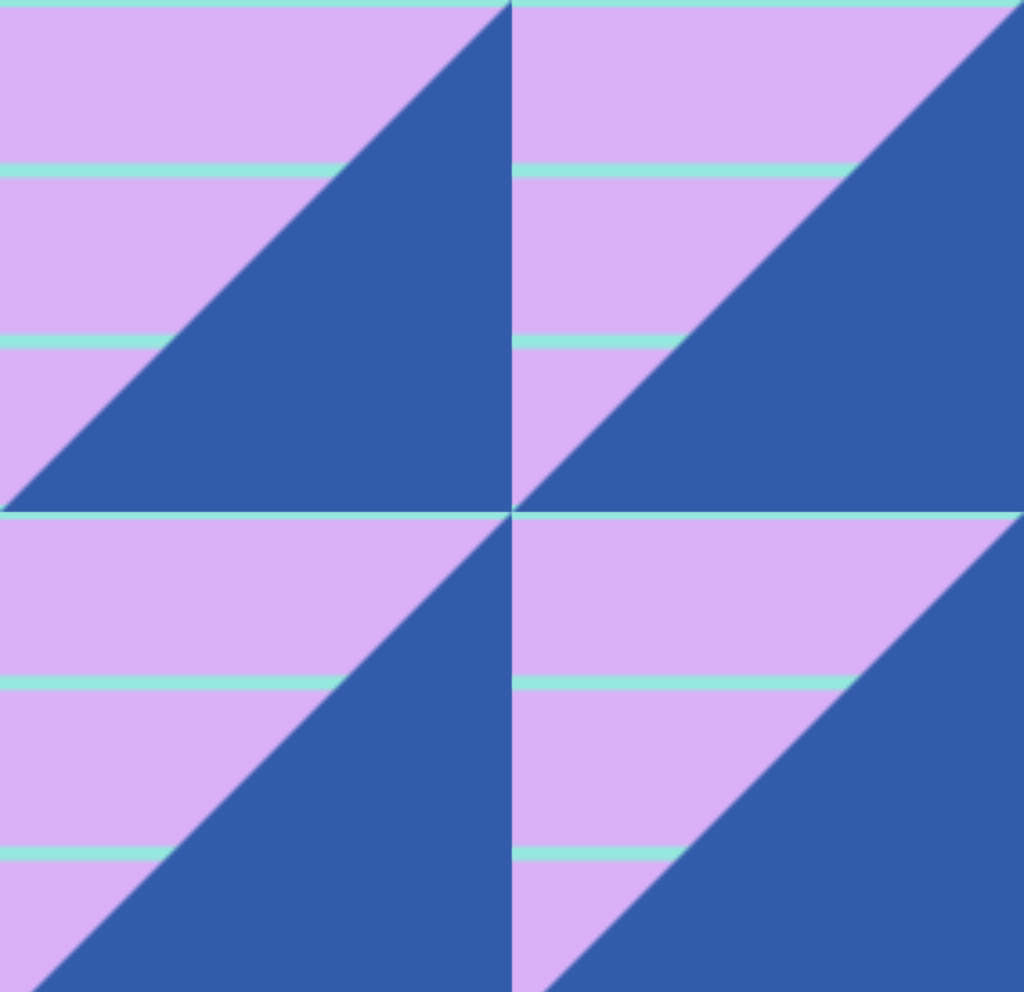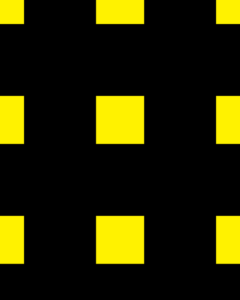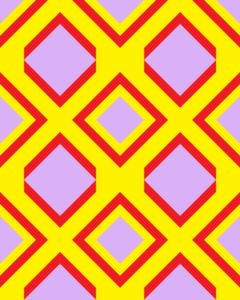Article
The city changes. The question is: how do cultural institutions change with it?
door Ko van ’t Hek (translated by Dutton Hauhart)
10 February 2021Article

A digital round table in the context of Refresh Amsterdam
In the exhibition Refresh Amsterdam, the Amsterdam Museum shows work by contemporary makers who deal with topical, metropolitan themes. They are makers from all kinds of different disciplines. Curator Imara Limon explains: ‘They were selected through an open call. Among other things, the selection committee paid attention to stories that are still seldom seen in the city and are missing in the museum’s collection; in other words: what are still blind spots? Some of the works on display will be purchased by the museum as additions to the collection. This year’s central theme is Sense of Place, which deals with how people relate to Amsterdam and whether they are able to feel at home in the city.’
Refresh Amsterdam is a biennial manifestation and collaboration among various institutions in the city. For this edition, the Amsterdam Museum collaborates with de Appel, CBK Zuidoost, Compagnietheater, OSCAM, Rijksakademie van Beeldende Kunsten, SEXYLAND, and The Black Archives. In addition to the exhibition, there are programmes at various locations and an extensive online platform. With this, the Amsterdam Museum shows that it is a real city museum. All kinds of different voices from the city are able to talk about topical themes. Limon: ‘The city changes. The question is, how do cultural institutions change with it?’
The Amsterdam Museum invited several directors from Amsterdam’s art and culture scene to a conversation. How do these institutions connect with each other? What does being a maker mean today, and how does the cultural field in Amsterdam deals with makers whose works are more fluid than disciplinary categories? Moreover, how do we ensure that we give these issues attention, both locally and internationally? It turned out to be a probing panel discussion, a fitting prelude to the Refresh Amsterdam symposium on 12 February 2021.
From responsibility to solidarity
Various organizations from the cultural realm are jointly responsible for a healthy climate for art in the city, and discuss their role within this interconnected ring. That is the meeting’s central theme, which is held via Zoom due to the ongoing pandemic. It soon becomes clear that the various institutions are familiar with and aware of each other, but are not always able to connect with each other. Annet Zondervan: ‘We need to better visualize this ring. What is actually being produced in this ecosystem? To what extent do we show that and purchase it for the city’s collection?’ Marian Duff confirms this: ‘It would be nice if we were able to find each other more easily and help where necessary.’

For example, when it comes to giving commissions and where the created artworks ultimately wind up, ‘it would be smart to give makers a commission using the money that’s available, by which the work and therefore also the maker can be connected through to a museum. Rather than something being made privately, in hopes that it will be purchased. That’s how you break through patterns; that’s how you make space for new makers,’ says Aukje Dekker. ‘It’s nice to offer someone who’s taking the first steps in being a maker a chance. Especially if this gives them the mobility to go on to other places,’ states Yassine Boussaid. ‘And this also makes our network stronger. Then we all benefit from it.’
It is a trend that can be seen at many institutions: besides being a platform, many institutions are also becoming a (co-)producer. The Stedelijk Museum is again moving in this direction, with the revitalization of Bureau Amsterdam (which will be renamed). Rein Wolfs: ‘This way, we can mean something to makers directly. I think museums like Stedelijk should do a lot more in the coming years. I’m pleased that, especially in this year, we have the municipal art acquisitions, that we have a budget to purchase works by makers from Amsterdam and the surrounding area. We are moving towards each other, but we of course also remain a bit different.’ Judikje Kiers agrees, but also says it is therefore all the more important to continue to align mutual relationships, particularly when it comes to purchases.
Rein Wolfs continues: ‘We’re in a new field. The Stedelijk hasn’t always looked closely at the city. I’d like to do that better. Even with our limited purchasing budget, we can commit ourselves to buying more from the city. That is the interconnected responsibility which we can take on.’ Annabel Birnie adds: ‘Better yet, we can look at that ring together, which is what we want at the AFK too. For instance, what do we do about the increasing number of applications, which causes these amounts to be split up? We’d like to work with the sector better, so that we can spend this money more efficiently, within a broader framework.’
All of the participants express their need for more direct cooperation, and to take up this ring of responsibility together. Enabling ‘mobility’ for makers is also discussed in detail. ‘Where there might be a blind spot,’ says Emily Ansenk, ‘is the moment when you all select makers from everyone’s in-groups, you also get a kind of narrowed perspective. Those makers will then move up, but you’re not giving space to others.’ The inclusion of one can then lead to the exclusion of another. Marian Duff responds: ‘This is certainly a risk. It’s difficult, because I would like to pass on “my people” to the Amsterdam Museum or the Stedelijk. But then the door remains closed for others.’
‘We must all ensure that this creative layer can flourish. Think about creative incubators and nightlife culture. Without those places, where it begins, we are nowhere.’
Then there is a brief discussion about solidarity with other institutions which are currently in dire straits, such as W139, Ons’ Lieve Heer op Solder, and the nightlife, which SEXYLAND and others are a part of. Annabelle Birnie sees a lot of togetherness and solidarity in the sector, more than in previous years. Behind the scenes, the sector does a lot together, but should that not be externalized, too? Clayde Menso is concerned about this question: ‘We must all ensure that this creative layer can flourish. Think of creative incubators and nightlife culture. Without those places, where it begins, we are nowhere.’ Annet Zondervan agrees: ‘I think what’s happening at W139 is really terrible.’ She asks herself and the group: ‘How come it hasn’t really worked out yet, to set up a really good lobby with each other for W139?’ This shows a strong sense of solidarity, but it is not always possible to translate this into action and cooperation.
In international perspective
From the interconnected ring of responsibility, the conversation shifts to the city’s international character. For example, how do we ensure that international artists, when they come to the city, can be part of that city for a while? How do you make use of each other, and each other’s knowledge, so that a mutual satisfaction can emerge in which foreign makers do not just bring something, but can also gain new inspiration?
‘Start early,’ says Annet Zondervan. That may sound like a lame answer, but closer cooperation within the sector can make things like this easier to guarantee. Annabelle Birnie: ‘Should we then set up more partnerships? That’s something the AFK would like to facilitate.’

‘It’s mainly about impact,’ says Clayde Menso. ‘What can be achieved if a celebrity visits just once? Long ago, I managed to get Spike Lee over here. And I stated then: as the John Adams Institute, where I worked at the time, we want to contribute. But on one condition: that he doesn’t just make an appearance at the Stadsschouwburg, but also works with artists at the Binger Institute, and goes to Zuidoost as well, to meet and speak with young people there. There are people who became filmmakers thanks to that one meeting. It’s about the power of the encounter.’ Judikje Kiers adds: ‘That reciprocity is important. The star comes here and nurtures Amsterdammers, but is also nurtured in turn by our makers.’
This is about international makers, or even celebrities who visit our city. But how we deal with international artists who want to establish themselves here is also important. Many young artists from all over the world attend the postgraduate institutions, but are subsequently unable to live in the city. A deplorable matter, claims Rein Wolfs. ‘The artists are forced beyond the outskirts of Amsterdam. That’s a danger to the international quality of this city. If we can keep these people in the city, then something can happen for the city. For other young artists, but also for the entire sector.’
Fluid practices
Another topic that came up is the fluidity that many contemporary makers have. Working not just within one discipline, they criss-cross through all media and forms of expression. In general, funding organizations are not yet well equipped to handle this. What could a partnership mean in such cases?
‘Many contemporary makers have a fluid practice,’ observes Margriet Schavemaker. ‘On Sunday, I spent a whole afternoon in the studio with Massih Hutak, to see how I can help him in his hybrid practice of activist, writer, theatre maker, musician. But it’s quite complex, because his work is situated between many different stages and disciplines. Where can makers who flit everywhere and in between, who do different things simultaneously, land? Can we serve those makers well? To do this, we, as a museum, need to broaden our expertise, but we also need to work better together as a sector.’ According to her, that also means taking responsibility.
‘The artists are forced beyond the outskirts of Amsterdam. That’s a danger to the international quality of this city.’
Clayde Menso: ‘With us, makers are given complete freedom, and then something comes about. A photographer then suddenly comes up with a theatre performance, or a fashion designer wants to produce beats. Those makers have their story as starting point, not their discipline. It’s a completely different way of making.’ Yassine Boussaid adds: ‘That’s why we no longer speak of a theatre, but a cultural hub. Everything is possible here.’
According to Marian Duff, the ring itself is responsible for the possibility of new stories and forms: ‘You don’t help new artists, or new narratives or art forms, if you appeal to the sponsoring foundations, I think. We absolutely must do that ourselves.’
Annabelle Birnie encourages this: ‘If you run into an issue, feel free to reach out to us. The diversity of the city is important, of course. Formats are often launched by the funding bodies, and it’s very difficult to draft these formats openly enough so that everyone can tell their own story. We are doing our best in this respect, but it could be better.’
Next step: in conversation with makers
After the discussion, there remains a strong willingness to cooperate more and, based on this perceived ring of responsibility, to make future plans together for the longer term, to function better as a sector, in order to better deal with the city and the resources that the sector receives from the city. The intention to talk to each other more often is clear. The Amsterdam Museum is happy to take on the role of initiator.
Such plans for the future must also be made in conversation with makers, Aukje Dekker notes. The Amsterdam Museum is organizing a symposium on 12 February 2021, where makers will discuss what they need in the city.
PARTICIPANTS
Emily Ansenk – Director, Holland Festival
Annabelle Birnie – Director, AFK
Yassine Boussaid – Director, De Meervaart
Aukje Dekker – Director and co-founder, SEXYLAND
Marian Duff – Founder and director, OSCAM
Judikje Kiers – Managing director, Amsterdam Museum
Imara Limon – Curator Refresh Amsterdam, Amsterdam Museum
Clayde Menso – Managing director, Amerpodia
Margriet Schavemaker – Artistic director, Amsterdam Museum
Rein Wolfs – Director, Stedelijk Museum Amsterdam
Annet Zondervan – Managing director, CBK Zuidoost


